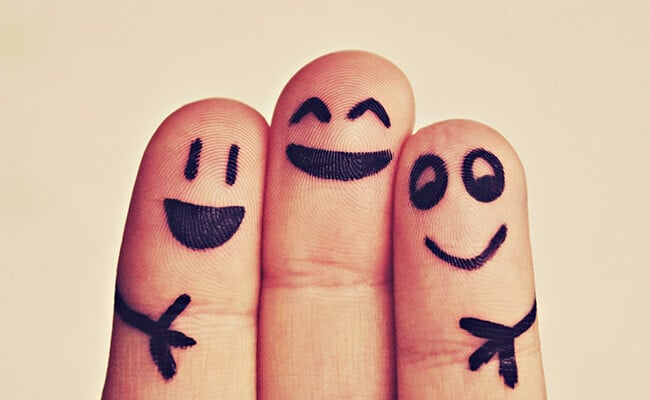
Table of Contents
- Introduction
- How Time Zones Shape New Year Celebrations
- The Final Frontier: Where the New Year Comes Last
- A Glimpse Into Their Traditions
- The Beauty of Being the Last
- Conclusion
1. Introduction
While fireworks light up the sky in major cities like Sydney, Tokyo, and New York, somewhere across the vast oceans, a small group of islands quietly waits. Long after much of the world has already rung in the New Year, there are still places where the old year lingers a little longer. Welcome to the fascinating journey of the last place on Earth to celebrate the New Year — a place where time stands still just a little bit longer before taking the leap into the future.
2. How Time Zones Shape New Year Celebrations
The world is stitched together by 24 time zones, each crafted by longitudes and local laws. As the Earth spins, midnight strikes across different places at different times. It is this natural rhythm that sets the stage for the staggered celebration of the New Year. While countries like New Zealand are among the first to celebrate, some tiny islands and remote outposts wait hours, even an entire day longer, to welcome the year ahead.
3. The Final Frontier: Where the New Year Comes Last
So where exactly is the last place to celebrate the New Year?
The honor typically goes to Baker Island and Howland Island, tiny uninhabited territories of the United States located just west of the International Date Line. Situated in the UTC−12:00 time zone, they are the very last to leave the old year behind.
Since no one permanently lives on Baker or Howland Islands, the last inhabited places to celebrate the New Year are in the United States Minor Outlying Islands and parts of American Samoa. These places cling to the final moments of the year, savoring every second before they, too, step into the future.
4. A Glimpse Into Their Traditions
Unlike the grand New Year spectacles seen in cities like Paris or Dubai, celebrations on these final frontier islands are simple, quiet, and deeply personal.
In American Samoa, the New Year blends a gentle mix of Polynesian traditions with modern festivities. Families gather for beachside feasts, church services are filled with joyous hymns, and communities come together in small but heartfelt ways. Traditional music fills the warm evening air as people exchange wishes for the coming year.
Though remote and small in number, their celebrations remind the world that it is not the size of the party, but the spirit of the gathering that truly counts.
5. The Beauty of Being the Last
There is something almost poetic about being the last to celebrate the New Year. While much of the world has already plunged into resolutions, confetti, and fresh beginnings, these places offer a rare chance to savor the closing moments of the past year.
It is a quiet pause — a final breath — before the rush of time pulls everything forward again. Being last is not about delay; it is about reflection, gratitude, and the luxury of time that the rest of the world has already spent.
6. Conclusion
As the clock strikes midnight across the world, from the bustling cities to the tiniest specks on the map, each celebration is a reminder of how beautifully connected yet wonderfully diverse humanity is. The last place to celebrate the New Year might not have the biggest crowds or the loudest fireworks, but it carries a rare and timeless magic — a moment where the past and the future meet at the edge of the Earth.
In the end, whether you are the first or the last, the New Year belongs to all of us. And that is worth celebrating — wherever you are on the map.
